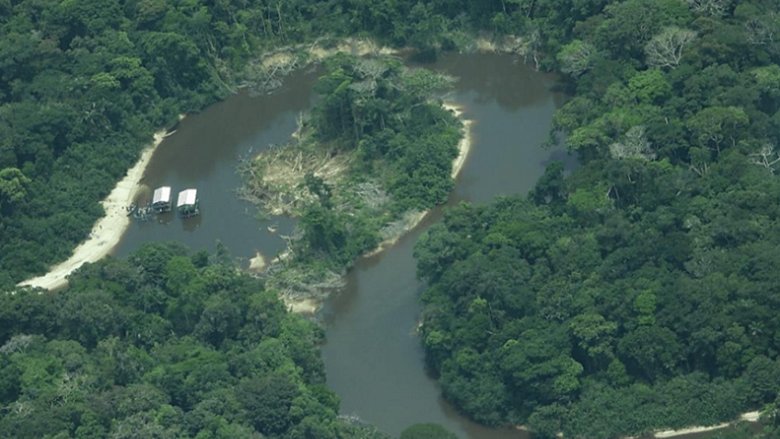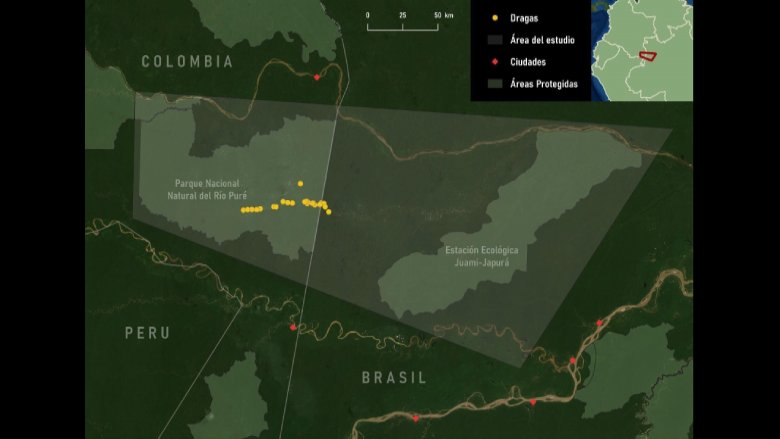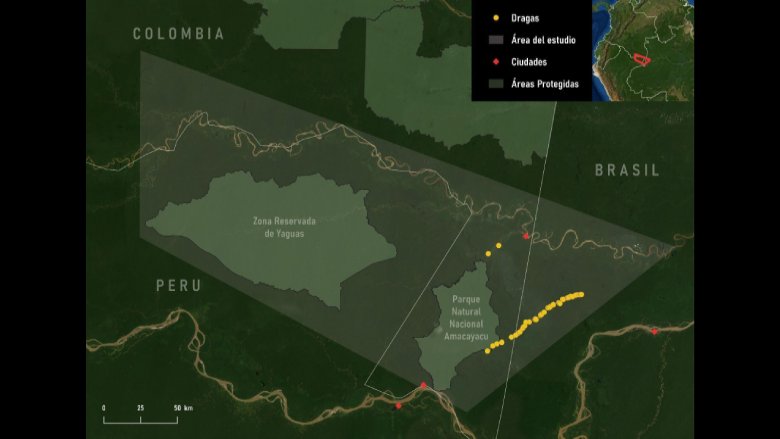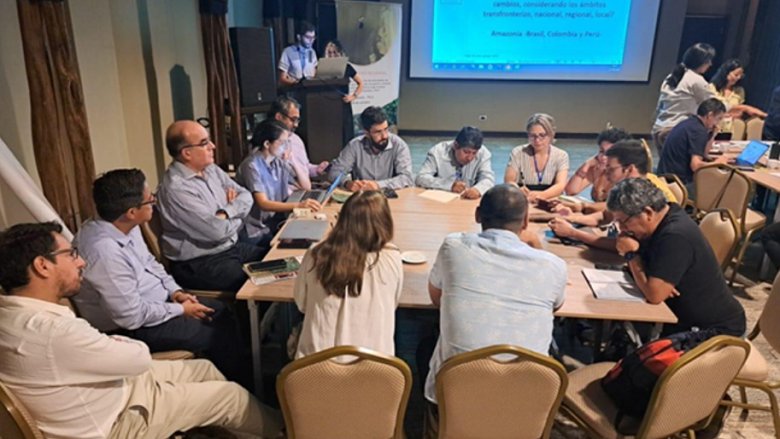At the recent Presidential Summit held in August of this year in Belem, Brazil, leaders from the Amazon region came together to discuss the most pressing concerns of the Amazon and opportunities for action to address them. The discussions covered various topics including the protection of hydrobiological resources and threats from exposure to hazardous substances including mercury from gold mining. Among the commitments resulting from the Summit arose the need to address the problem of mercury pollution, with particular attention to the impact on human health, the implementation of prevention and remediation activities, and the strengthening of regional and international cooperation for the fight against illegal mining and other related crimes.
Illegal gold mining generates degradation in forests and rivers by causing deforestation and affecting riverbeds due to removed sediment. In addition, it negatively impacts the health and culture of local and indigenous communities. Recent studies of hair and blood samples carried out in local communities in the Amazon found values that far exceed those accepted by the United States Environmental Protection Agency. Likewise, a study focused on pregnant women in Suriname found that 97% had concentrations of methylmercury in their blood that could severely affect the neuropsychological development of their babies.
In the Amazon territory of Brazil, Colombia and Peru, this illicit practice has been on the rise in parallel with the increase in gold prices and the growing participation of criminal groups. For example, between 2021 and 2022, in the vicinity of the Amacayacu National Natural Park in Colombia and on the border with Brazil, there was a 150% increase in Colombia in the number of rafts used for mining and a 410% increase in Brazil.
With the purpose of generating attention and action in the face of the aforementioned situation, the regional project of the Amazon Sustainable Landscapes Program (ASL) led by the World Bank with resources from the Global Environment Facility (GEF) facilitated the development of a series of activities to strengthen regional collaboration in the fight against the impacts of gold mining and mercury pollution. This process began in 2021 in Brazil, Colombia and Peru in association with the Foundation for Conservation and Sustainable Development (FCDS), which leads the Regional Alliance for the Reduction of the Impacts of Gold Mining in the Amazon (ARAIMO), and Conservation Strategy Fund (CSF).
These activities expanded the understanding of the regional dynamics associated with gold mining and the use of mercury, and promoted dialogue between public, scientific and civil society institutions, to propose prevention and response strategies to the problem of mercury contamination. For the work, and through regional dialogues promoted by ARAIMO, two priority areas were identified: the territory around the Puré River, which marks the border between Colombia and Brazil, and a triple border area between Brazil, Colombia and Peru. This Storymap contains more information about the results of studies in these areas, the context of illegal mining activity.




